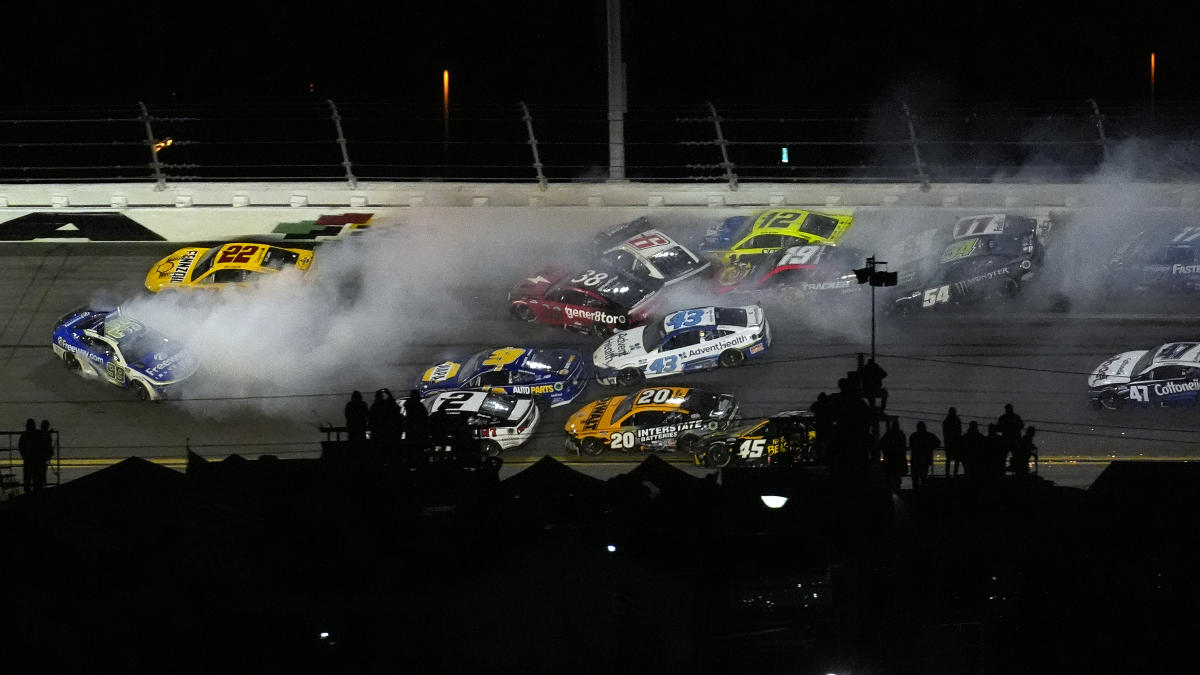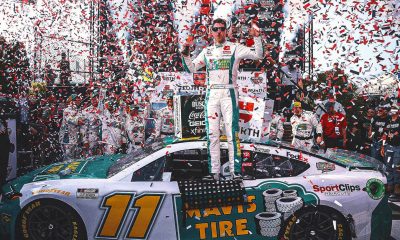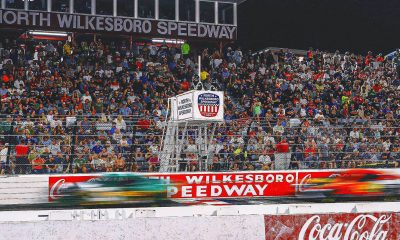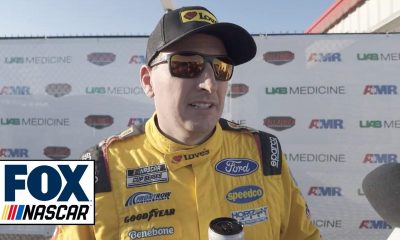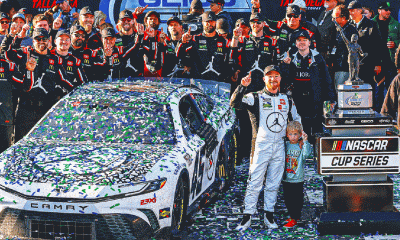NASCAR’s rain-delayed Daytona weekend was an expensive and crash-filled mess.According to NASCAR’s box score data, at least 80 of the 114 cars in the Daytona 500, second-tier Xfinity Series race and third-tier Truck Series race were involved in a crash during their respective races. And in reality, that number is closer to 85.A handful of cars were involved in what’s listed as a two-car crash at the start of the final lap of the Daytona 500 and numerous cars were involved in a last-lap crash during the Xfinity Series race that didn’t bring out a caution.The number skyrockets even further if you want to add cars from the fourth-tier ARCA Series race to the weekend crash total. Official box score data isn’t posted to Racing Reference, but the 80-lap race featured nine cautions and it would take far less time to figure out which cars weren’t in wrecks than listing those that were.It’s extremely fair to estimate that less than 30% of the drivers who participated in the four races across the Daytona weekend weren’t involved in a crash. And it’s a group that doesn’t include the race winners either. Including Daytona 500 winner William Byron, all four drivers who visited victory lane played at least a small part in a crash over the course of their victories.Twenty-two cars were involved in this crash with less than 10 laps to go in the Daytona 500. (AP Photo/Chris O’Meara)Crashing over 70% of cars over a race weekend is simply not sustainable. Or the product of good racing. And it certainly won’t be the norm as the NASCAR season marches on. But the mass attrition seen at Daytona is a product of the rules that govern the racing at Daytona and Talladega. It’s become commonplace enough to believe that the dozens of destroyed cars and trucks at the end of each Daytona and Talladega race weekend is what NASCAR wants.The two large and high-banked tracks have long been known for their dangerous racing. NASCAR implemented rules to slow the cars down — and subsequently keep them closer together — after Bobby Allison’s horrifying crash at Talladega when his car went flying into the frontstretch catchfence.In the decades since Allison’s crash, NASCAR has constantly tweaked the rules at Daytona and Talladega to get what it thinks is the best type of racing. Longtime NASCAR fans will remember wicker bills sticking up on the roofs of Cup Series cars in the early 2000s to help them pass in the draft. Even more will remember the two-car tandem draft in the early 2010s as drivers realized the fastest way around the track was for one car to literally push another for as long as possible.But each iteration of drafting rules has come with its own set of challenges and scary crashes. Fans were injured when Carl Edwards went flying into the Talledega fence in 2009 and when Kyle Larson’s Xfinity Series car flew into the Daytona fence in 2013 so violently that its engine was ripped from the chassis. At the end of the 2020 Daytona 500, Ryan Newman was hospitalized for days after his car flipped upside down and was t-boned by another car at full speed.With cars unable to pull away from each other thanks to choked down engines and aerodynamic rules to increase drag, elements of the tandem draft are once again playing a prominent role in NASCAR and leading to the wreckage fans saw this past weekend at Daytona. Drivers know the quickest way to make a pass is to slam into the back bumper of the car ahead and push it forward.It’s a practice that also has very little margin for error. Errant pushes are the primary crashing cause. The 22-car crash with less than 10 laps to go in the 500 came when Byron got squirrelly after a push from the cars directly behind him. It was a crash that had been building for laps; it would have been far more surprising if the race had gotten to the checkered flag without a wreck.“The pushes are stupid the whole time,” Joey Logano said after he was taken out in that crash. “The whole thing — everybody just gets more and more intense. You know it’s gonna happen. Anyone can see it happening. You just know it. It happens every year. With 10 to go there’s gonna be a caution.”If the drivers know a crash is inevitable in the closing laps, so do NASCAR officials. But the longer NASCAR goes without changing the Daytona and Talladega rules to minimize the importance of pushes, the easier it is to wonder if NASCAR is comfortable with the idea that half the field can be taken out at any time thanks to an errant push.“Once you get that few laps left in the race it’s gridlock, so you’re pretty much doing your best to push,” Austin Cindric said.It wouldn’t be unprecedented for it to implement sweeping rules changes before the April race at Talladega. But the sanctioning body hasn’t made any significant rule changes to cut down on aggressive pushing since Newman’s crash. And no tweaks appear on the horizon, either. Three-wide racing looks exciting to casual fans at first glance when 30 cars are all in the same pack.If anything, you can argue that NASCAR is embracing this random and rough-and-tumble style of racing. The second race weekend of the season is at Atlanta, a track that was recently reconfigured to produce racing similar to Daytona and Talladega with more wrecks and cars closer together. Odds are, the second race weekend of the season will be a lot like the first.
Read More
